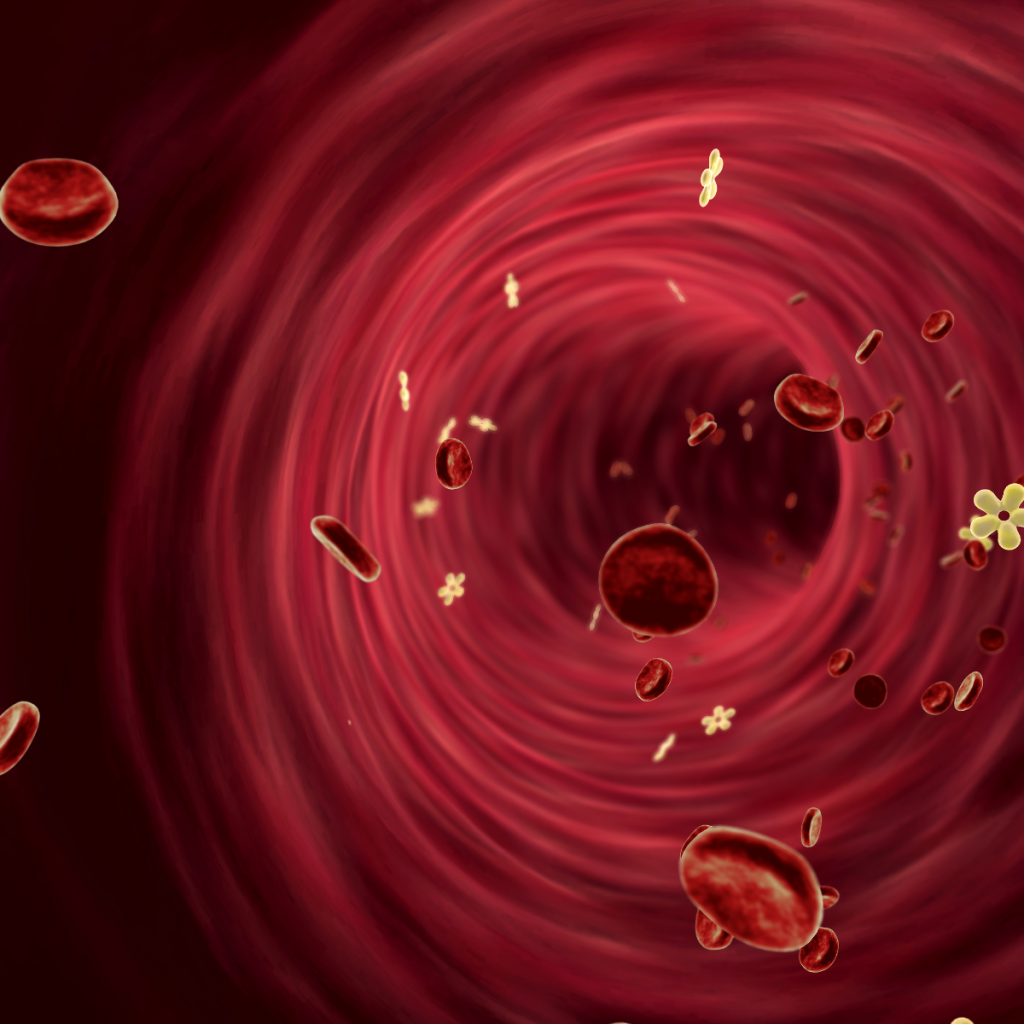Diabetes is a complex and widespread condition affecting millions globally. While Type 1 and Type 2 diabetes share common traits like high blood sugar levels and long-term health risks, they differ significantly in their causes, onset, and management. Understanding these differences is crucial for effective diagnosis and treatment. This blog explores the key distinctions between Type 1 and Type 2 diabetes, their underlying causes, and actionable solutions to manage each type effectively.
Understanding Diabetes: The Basics
Diabetes is a chronic condition that disrupts the body’s ability to regulate blood sugar. Insulin, a hormone produced by the pancreas, plays a critical role in this regulation. Here’s how diabetes impacts this process:
- Type 1 Diabetes: An autoimmune disorder where the body attacks insulin-producing cells in the pancreas. As a result, the body produces little to no insulin.
- Type 2 Diabetes: A condition where the body becomes resistant to insulin or doesn’t produce enough of it, often linked to lifestyle factors.
Causes of Type 1 and Type 2 Diabetes

Causes of Type 1 Diabetes
- Genetics: Certain genetic markers increase the risk of developing Type 1 diabetes.
- Autoimmune Response: The immune system mistakenly attacks healthy pancreatic cells responsible for insulin production.
- Environmental Triggers: Factors like viral infections might initiate the autoimmune response in susceptible individuals.
Causes of Type 2 Diabetes
- Lifestyle Choices: Poor diet, obesity, and sedentary behavior are major contributors.
- Genetics: A family history of Type 2 diabetes can increase risk.
- Metabolic Syndrome: Conditions like high blood pressure and abnormal cholesterol levels often precede Type 2 diabetes.
Symptoms: How Type 1 and Type 2 Diabetes Differ
Although both types share common symptoms such as excessive thirst, frequent urination, and fatigue, the onset and progression vary.
Type 1 Diabetes Symptoms
- Sudden onset, typically during childhood or adolescence.
- Rapid weight loss.
- Severe fatigue and frequent infections.
Type 2 Diabetes Symptoms
- Gradual onset, often diagnosed in adulthood.
- Symptoms like blurred vision, slow-healing wounds, or numbness in extremities.
- Many cases remain undiagnosed for years due to mild symptoms.
Solutions: Managing Type 1 and Type 2 Diabetes
Managing Type 1 Diabetes
Since Type 1 diabetes involves complete insulin dependence, management focuses on external insulin administration and monitoring.
- Insulin Therapy
Patients require daily insulin injections or the use of an insulin pump to regulate blood sugar levels. Modern advancements like continuous glucose monitoring systems have made tracking more precise. - Carbohydrate Counting
Understanding the carbohydrate content in meals helps adjust insulin doses accordingly. - Routine Health Checks
Regular screenings for complications such as eye damage, kidney health, and cardiovascular risks are essential.
Managing Type 2 Diabetes
Type 2 diabetes management focuses on lifestyle changes and medication to improve insulin sensitivity.

- Healthy Diet
Opt for a balanced diet rich in whole grains, vegetables, lean proteins, and healthy fats. Limit refined sugars and processed foods. - Regular Exercise
Engage in at least 150 minutes of moderate physical activity weekly. Activities like brisk walking, swimming, or strength training improve glucose utilization. - Weight Management
Losing even a small percentage of body weight significantly enhances insulin sensitivity and glucose control. - Medications
In some cases, oral medications or injectable treatments like GLP-1 receptor agonists are necessary to manage blood sugar.
Key Differences Between Type 1 and Type 2 Diabetes
| Feature | Type 1 Diabetes | Type 2 Diabetes |
|---|---|---|
| Cause | Autoimmune destruction of insulin cells | Insulin resistance or insufficient insulin |
| Onset | Sudden, often in childhood | Gradual, typically in adulthood |
| Insulin Dependence | Always | Sometimes |
| Risk Factors | Genetics, environmental triggers | Obesity, lifestyle, genetics |
| Treatment | Insulin therapy | Lifestyle changes, medications, sometimes insulin |
Prevention Strategies for Type 2 Diabetes
While Type 1 diabetes isn’t preventable due to its autoimmune nature, Type 2 diabetes can often be delayed or avoided with proactive measures:
- Adopt a Balanced Diet
Focus on low-glycemic-index foods to prevent spikes in blood sugar levels. - Stay Active
Incorporate physical activity into your daily routine, even in small ways like taking stairs or walking after meals. - Maintain a Healthy Weight
Avoid unhealthy weight gain, which contributes to insulin resistance. - Monitor Blood Sugar Levels
Routine checks can detect prediabetes early, allowing for timely intervention. - Manage Stress and Sleep
Chronic stress and poor sleep disrupt hormonal balance, increasing diabetes risk.
Complications of Poorly Managed Diabetes
Neglecting diabetes care can lead to severe complications, such as:
- Cardiovascular Disease: High blood sugar damages blood vessels and increases heart disease risk.
- Neuropathy: Nerve damage causing pain or numbness, especially in the feet.
- Kidney Damage: Overworked kidneys may lead to chronic kidney disease or failure.
- Retinopathy: High glucose damages retinal blood vessels, leading to vision problems.
Early and effective management significantly reduces these risks.
How Technology Helps Manage Diabetes
Modern technology has revolutionized diabetes care. Innovations include:

- Continuous Glucose Monitors (CGMs): Real-time tracking of blood sugar trends.
- Insulin Pumps: Devices delivering precise insulin doses.
- Mobile Apps: Tools for tracking meals, exercise, and glucose levels.
Integrating these tools into daily care routines simplifies diabetes management and enhances overall quality of life.
Conclusion
Type 1 and Type 2 diabetes may share similarities, but their causes, treatments, and management strategies differ greatly. While Type 1 requires lifelong insulin therapy, Type 2 is often preventable and manageable through lifestyle changes and medication. Understanding these distinctions empowers individuals to take control of their health and reduce the risk of complications.
If you found this article helpful, share it with others or leave a comment below with your thoughts. For more expert advice on managing diabetes, explore additional resources on our website.

Leave a Reply